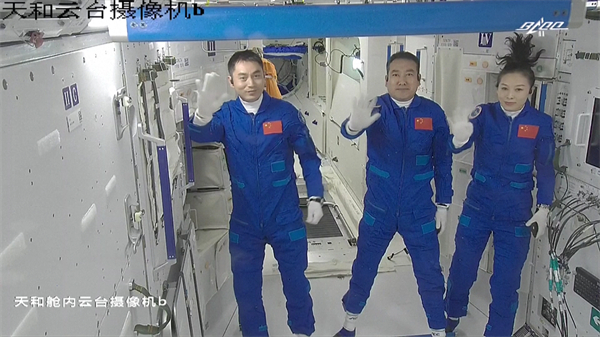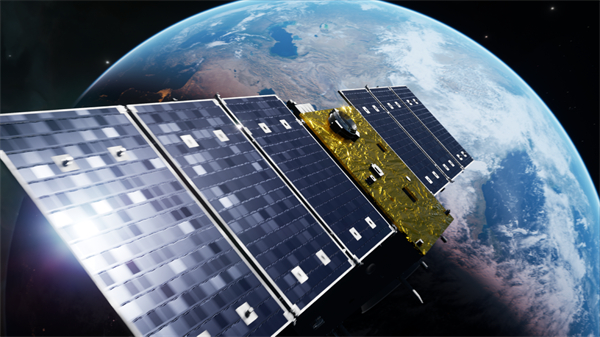China ended 2021 with remarkable space achievements, from landing a probe on Mars to building its own space station, laying a solid foundation for the space missions lined up for 2022.
Before the world hears more about China's space ambitions, let's recap key moments from its space missions in record-setting 2021.
Landing on Mars
China's first Mars probe entered the red planet's orbit in early February after more than six months of flight. It traveled 400 million kilometers before starting a series of delicate maneuvers, including landing the rover Zhurong on Mars on May 15.
The Tianwen-1 Mars mission completed orbiting, landing and roving in one go.
The program, which is still ongoing, is a crucial part of the country's attempt to seek the origins of life on the red planet, as scientists are now able to study the latest photos and statistics captured by the rover and an orbiter that is monitoring Mars.

China's own space station
The Mars mission was just the start of a busy calendar in the country's space project, with the construction of China's space station the main focus.
A year of work has now equipped the space station with a core module and an automatic arm that helps with astronauts' spacewalks and other unmanned assembly work.
Two crewed missions, Shenzhou-12 and Shenzhou-13, sent a total of six Chinese astronauts, or taikonauts, to the station about 400 kilometers above the Earth's surface.
Wang Yaping, part of the Shenzhou-13 crew currently inside China's space station, was the first female taikonaut to enter the station.

The Shenzhou-13 crew successfully conducted two spacewalks on Nov 7 and Dec 26.
The first spacewalk further tested the functions of China's self-developed extravehicular spacesuits, and the reliability and safety of the supporting equipment related to extravehicular activities (EVAs). During the mission, Wang also became China's first female taikonaut to do EVAs.
The second EVA tested the taikonauts' synchronized collaboration to a high degree of precision.

The astronauts also gave their first space lecture on Dec 9, which was received with enthusiasm by students and space lovers back on Earth.
China's space station is one of only two crewed space stations currently in operation, along with the International Space Station (ISS). After the inevitable retirement of the ISS in the near future, China's space station will be the only one available for manned space research.
The space station is expected to be completed in 2022 after six more launch missions.
China's first solar observation satellite
Another highlight for China's space industry in 2021 was the successful launch of the country's first solar satellite "Xihe" in October.
The satellite, equipped with China's first solar telescope, is the only one of its kind to observe the H-Alpha spectrum of the sun, enabling scientists to study solar flares.
Xihe is named after the sun goddess in ancient Chinese mythology. It's also called the Chinese H-Alpha Solar Explorer, or CHASE.

Most launches in a year
China launched 55 rockets in 2021, the most ever in the country's history and the most in the world this year.
The flagship Long March series carried 48 of the 55 missions, all successfully, pushing the total number of China's rocket launches above 400.
This came after China already launched a record number of rockets in 2020, as the country set up its own satellite navigation system called Beidou.